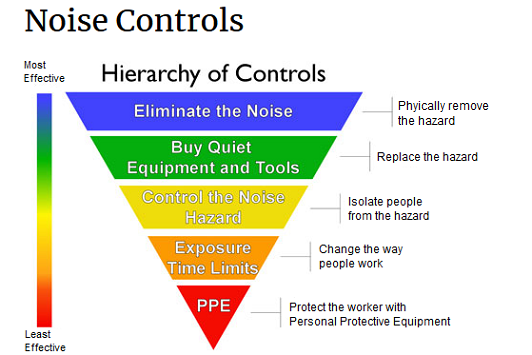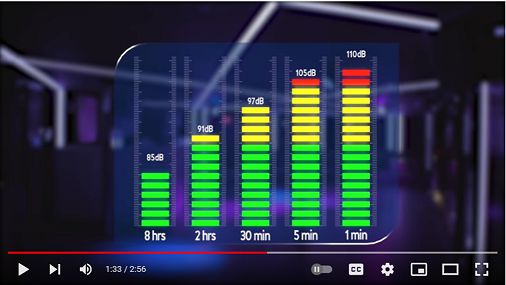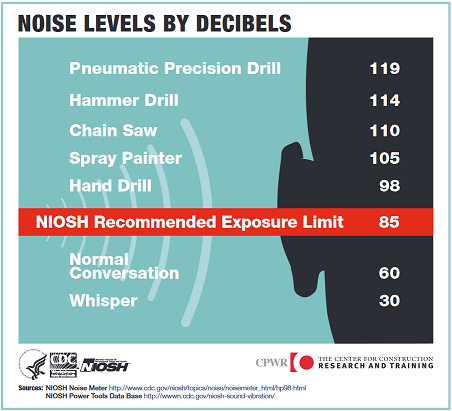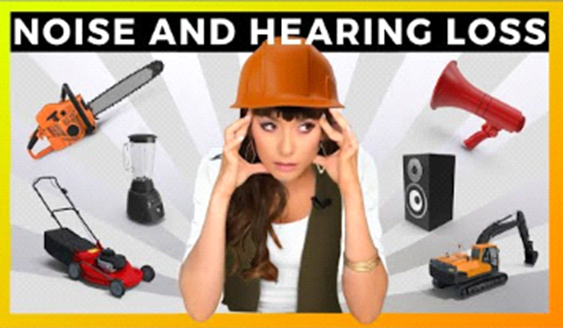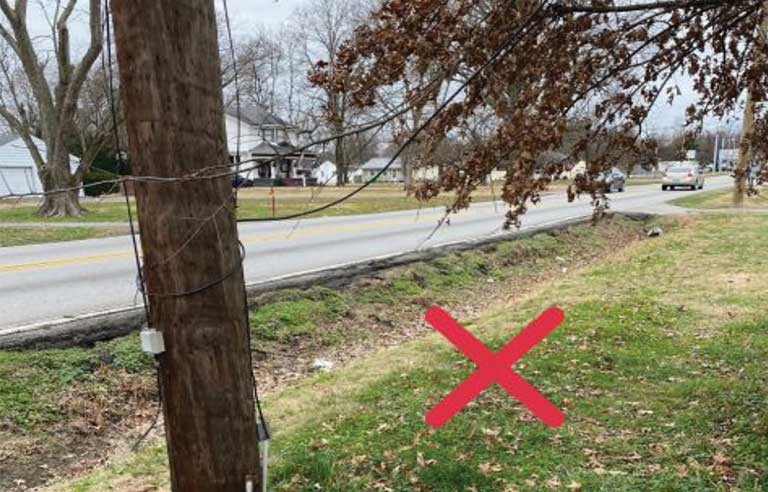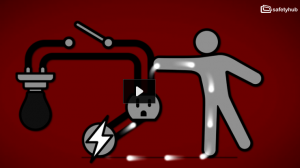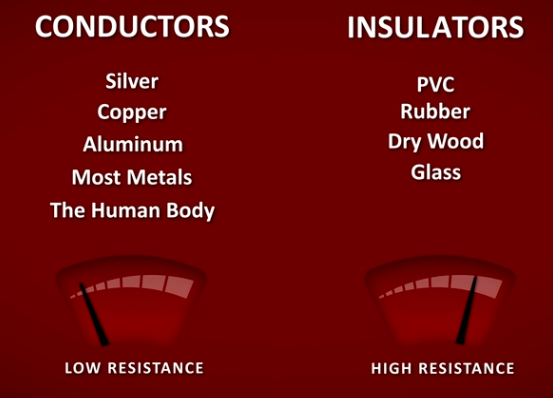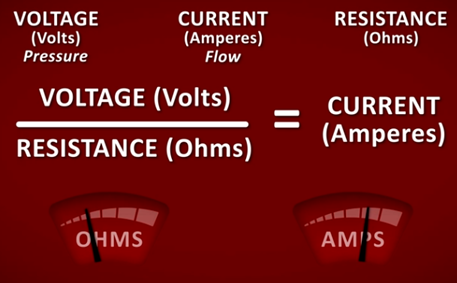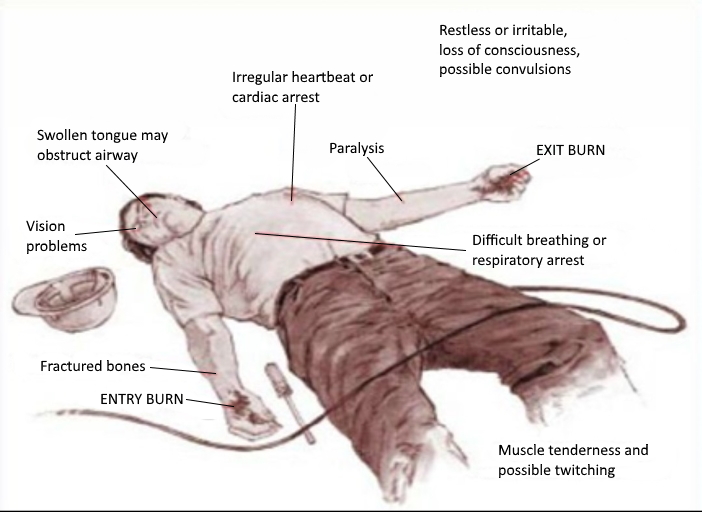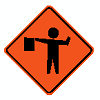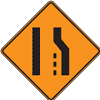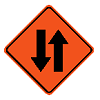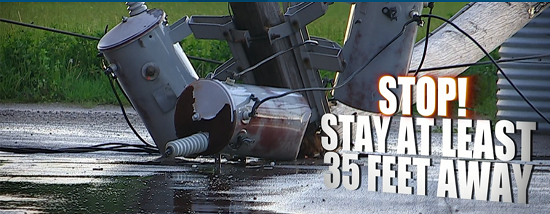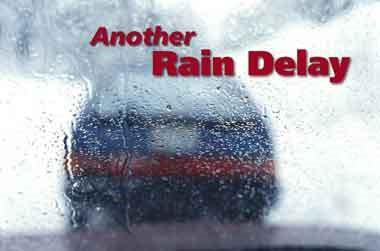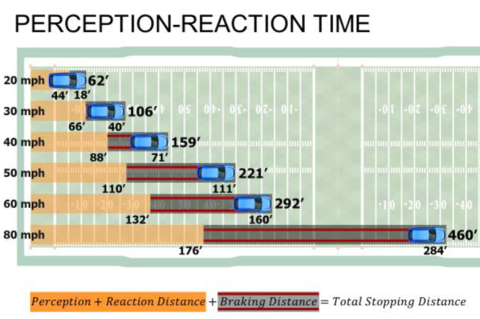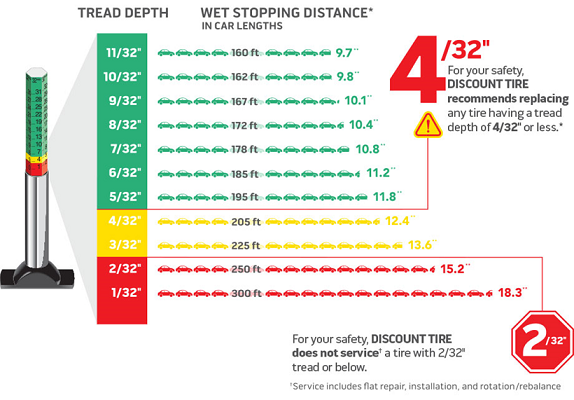Signs are all around us, are you paying attention to the warnings and messages posted to protect us?
There are many types of safety signs on display that alert workers and visitors to potential dangers at Lawrence University.
The first two of six types of signs, contain instructions on what CAN’T be done or MUST be done:
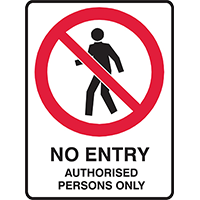
1. Prohibition Signs – CAN’T DO When you need to tell people that they can’t do something, you’ll need a Prohibition Sign – you know, the one with the universally recognizable red circle with a diagonal line through it. Keep people from entering private property with a NO ENTRY sign or signal that people aren’t allowed to smoke in an area with a NO SMOKING sign.

2. Mandatory Signs – MUST DO A Mandatory Sign is a must when you have an instruction that has to be followed. You’ll recognize these by a white symbol or pictogram within a blue circle on a white background. If your workplace requires protective clothing or equipment, for instance, you’ll have seen signs like: Foot Protection Must Be Worn in This Area or Hearing and Eye Protection Must Be Worn in This Area. You can also have just a word message with no image for Mandatory Signs, with the words in black on a white rectangular background.
The next 2 types of safety signs are classified Hazard Signs. These signs are about what could KILL or HURT you:

3. Danger Signs – used for hazards that could KILL YOU If you need to warn people about potentially life-threatening hazards or hazardous conditions, you need to use a Danger Sign. The familiar red oval inside a black rectangle with the word DANGER in bold, capital letters, alerts people to the threat. Common Danger Signs include HIGH VOLTAGE and DO NOT ENTER.
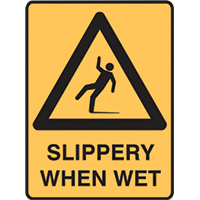
4. Warning Signs – used for hazards that could HURT YOU When the hazard or hazardous conditions aren’t life-threatening, a Warning Sign lets you know you could still get hurt. These are easy to identify with their yellow background and black triangle around the hazard symbol. SLIPPERY WHEN WET is a commonly recognizable Warning Sign.
The last 2 types of safety signs are informative signs:
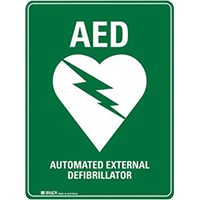
5. Emergency Information Signs – used to identify SAFETY EQUIPMENT If something does go wrong, Emergency Information Signs help people to find the location of, or directions to, your emergency related facilities, like emergency exits, first aid or safety equipment. The green background with white writing and symbols is instantly identifiable for safety, with common signs like, FIRST AID KIT, or EMERGENCY PHONE.
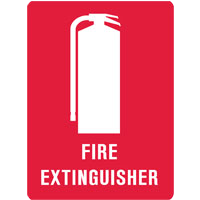
6. Fire Signs – used for locating FIRE EQUIPMENT The bright red of Fire Signs makes them easy to spot around fire alarms and fire-fighting equipment. All text and imagery are white and stands out against the red background. Fire Signs are available to indicate the location of all your fire equipment, like fire extinguishers, fire blankets, fire hoses, and more.
It’s important that we follow the warnings posted on safety signs to prevent injury or death. They are posted to keep everyone safe on campus.
Resource: https://www.mysafetysign.com/

